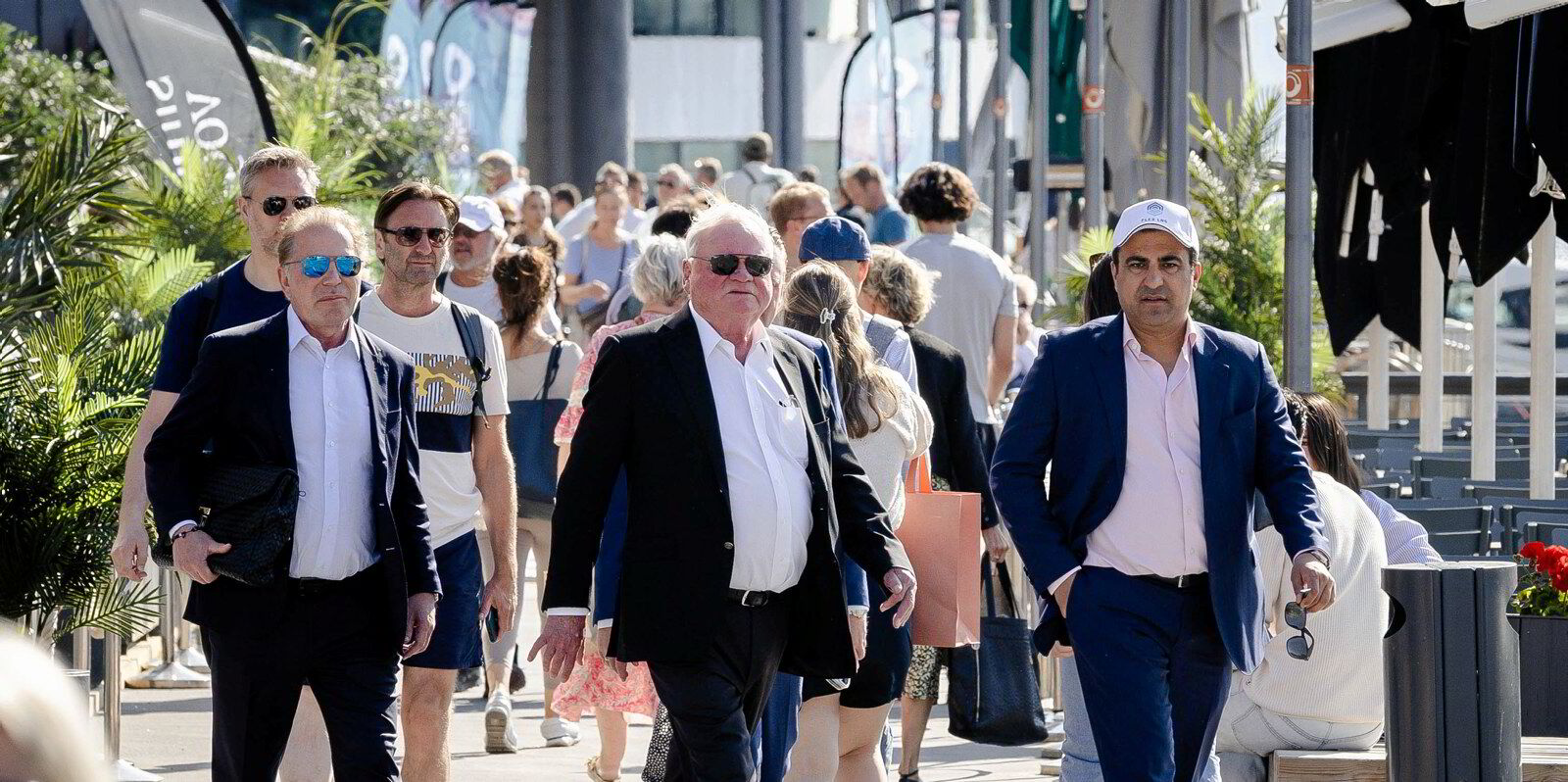There was a big pop in spot rate assessments for capesize bulk carriers on Thursday as chartering activity began to wake up again.
Baltic Exchange panellists added $1,897 to their assessment of average spot rates across five key routes, pushing the basket estimate to $26,980 per day.
That is equivalent to a 7.6% rise.
The jump has been fuelled by an uptick in fixing activity, mainly in the Pacific, and stronger rates in the South Atlantic.
There were no new Brazil-China iron-ore fixtures reported on Thursday, but fundamentals were looking strong enough for panellists to add a significant $1.69 to their rate assessment for the voyage.
This boosted the estimate to $28.23 per tonne, its highest level since early July.
Charterers are looking at Brazil loading dates during the first half of October, but interest is “slowly building” for the rest of the month, shipbroker Fearnleys said in a market report on Wednesday.
Brokers had feared earlier this week that rates were softening for iron-ore voyages to China from Western Australia, but three new fixtures were reported on Thursday by two major miners at firmer levels.
Rio Tinto reportedly booked two capesizes on Thursday for voyages in the first week of October at $11.80 and $11.90 per tonne respectively.
Fortescue Metals took another for similar loading dates at $11.80 per tonne.
These deals show an advance on a Rio Tinto deal reported on Wednesday, when the miner booked a capesize for the voyage at $11.55 per tonne.
“On the West Australia front, we see enquiries from miners and operators for early October dates,” Fearnleys said in its report.
“Volumes out of East Australia have held up from last week with the presence of some tenders as well seeking from early October to mid/late October dates.”
This has been bolstered by enquiry in the Pacific for loading dates in late September, as well as in west-coast South America for loading in late October and early November, the broker added.
Spot tonnage in the Far East is “moderate” for dates in early October, according to Fearnleys.
Ballasters are “dwindling” for the first half of next month and are weighted primarily to the latter half of October, according to Fearnleys.
The show of strength in the physical index helped capesize futures move a little higher on Thursday but only by a few hundred dollars across all contracts.
Paper for October saw the biggest rise, which subsided a little as the day went on. Bids were at $29,800 per day just before 5pm in London, up by almost $400 since the open, having traded earlier on Thursday at $30,500 per day.






